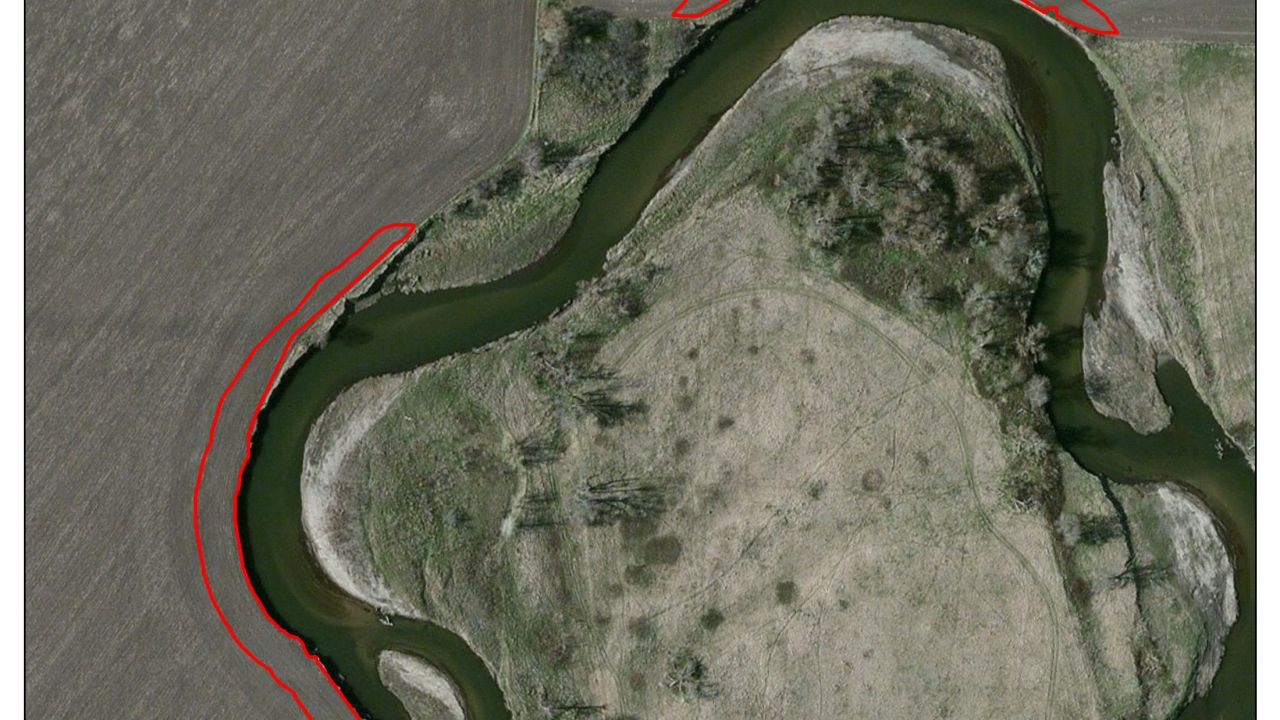
Last week, the Minnesota Pollution Control Agency released the alarming results of a study of waterways in the southwest corner of the state, reporting that only three of 93 segments it assessed was “fully supporting of aquatic life” and only one was “fully supporting of aquatic recreation.”
High sediment loads were the primary cause of the poor condition of the waterways, the study found. It said “improvements need to be made in the watersheds to significantly reduce overland erosion by implementing soil conservation efforts and restoring natural vegetation along riparian zones.”
The report is one more reason the Minnesota legislature should approve the bill proposed by Gov. Mark Dayton to require landowners to maintain 50-foot wide strips perennial vegetation between cropland and waterways – exactly what the Pollution Control Agency report recommends.
Last spring, Environmental Working Group investigated how many stream segments in southern Minnesota would meet that requirement. Along a 120-mile stretch of the Rock River – one of the waterways the Pollution Control Agency also assessed – EWG found that 44 percent of the required acreage of 50-foot buffer strips along the riverbank was not in place. That was almost twice the average percentage of missing buffer acres (28 percent) along the more than 8,000 miles of waterways EWG assessed overall.
But the Rock River was not unique. Far too many buffer acres are missing in many watersheds in far southwest Minnesota.
Converting a minuscule amount of cropland to perennial vegetation along waterways would help rapidly clean up waterways across the state. Replacing just 37 acres of cropland with perennial vegetation along that one 120-mile stretch of the Rock River would comply with the 50-foot buffer requirement in the proposed law. Surely it’s fair to ask landowners to take this simple step to clean up the water for their downstream neighbors.
EWG applauds Gov. Dayton for his progressive proposal and urges the legislature to seize this remarkable opportunity to clean up Minnesota’s waterways and improve wildlife habitat.


